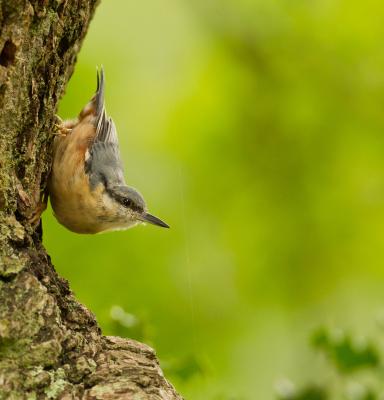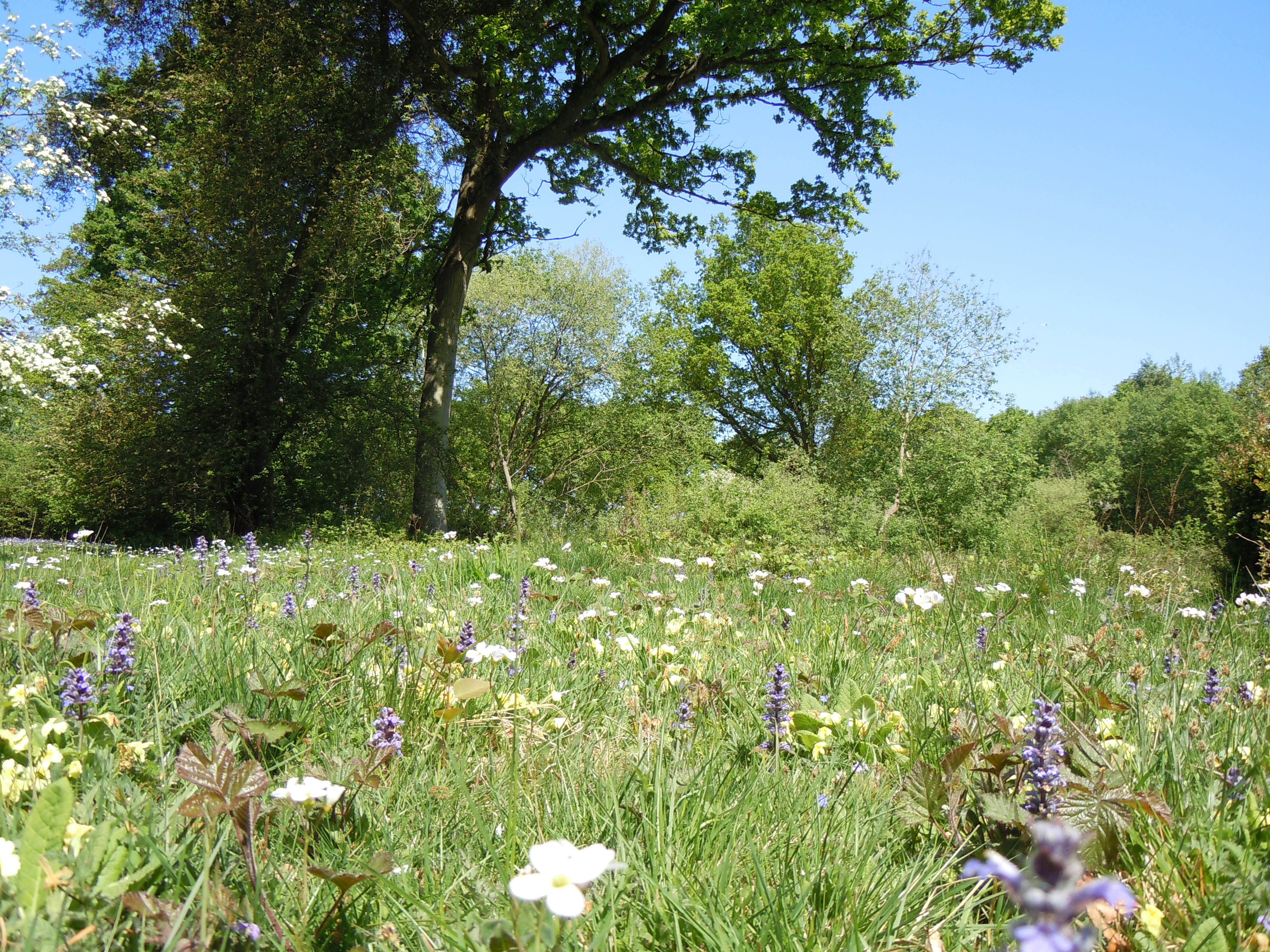
Environmental Values and Impacts
Forests are vital ecosystems harbouring most of the world’s terrestrial biodiversity. They provide ecosystem services that are critical to human welfare, from reliable flows of clean water to productive soil and carbon sequestration. In FSC-certified forests around the world, valuable ecosystem services are protected, and studies have shown the positive contribution FSC-certified forest management operations have for local wildlife.
FSC is dedicated to protecting the ecological function of forests and conserving priority biodiversity areas around the world. To reward the protection of forest ecosystem services, FSC developed the Ecosystem Services Procedure that enables forest managers to demonstrate and market verified positive impacts on ecosystem services.
Under Principle 6, forest managers or owners are required to maintain, conserve and/or restore ecosystem services and environmental values of the Management Unit, and to avoid, repair or mitigate negative environmental impacts. The criterion within Principle 6 include requirements to undertake environmental impact assessments prior to any-site disturbing activities and integrate the results into management planning to ensure actions are taken to mitigate negative impacts. There are also explicit requirements that outline protections for rare and threatened species, water courses and native species.
The full range of issues covered within the 10 Criteria under Principle 6 are:

-
Criterion 6.1
Assessing environmental values inside and outside the Management Unit potentially affected by management activities.
-
Criterion 6.2
Identifying scale, intensity and risk of potential impacts on environmental values prior to the start of site-disturbing activities.
-
Criterion 6.3
Implementing actions to prevent potential negative impacts and mitigate those that occur.
-
Criterion 6.4
Protecting rare species and threatened species and their habitats.
-
Criterion 6.5
Protecting representative sample areas of native ecosystems or restoring them to more natural conditions.
-
Criterion 6.6
Maintaining continued existence of naturally occurring native species and genotypes and prevent losses of biological diversity.
-
Criterion 6.7
Protecting or restoring natural water courses, water bodies, riparian zones and their connectivity.
-
Criterion 6.8
Maintaining or restoring a varying mosaic of species, sizes, ages, spatial scales and regeneration cycles appropriate for the landscape values in the region.
-
Criterion 6.9
Not converting natural forests to plantations, nor natural forests or plantations on sites directly converted from natural forest to non-forest land use.
-
Criterion 6.10
Disqualifying plantations established on areas converted from natural forest after November 1994 from certification except in certain circumstances.
(For the full text of each Criterion, see the Principles and Criteria.)
For FSC Forest Management certificate holders, compliance with these requirements is assessed by independent certification bodies using the set of indicators adapted to national, regional or local conditions in the applicable approved forest stewardship standard.
What does this mean in the UK?
Indicators adapted to the UK context are contained in our national forest stewardship standard, familiar to most forest managers as the UK Woodland Assurance Standard, or UKWAS.
Over the past 25 years many important steps have been made in the UK forestry sector to reduce the negative environmental impact of commercial management practices. While FSC certification has helped to drive the consideration of environmental values and impacts in all aspects of woodland management, one of its key contributions has been to set minimum requirements for conservation management and semi-natural habitat:
- Indicator 6.5.1 Management planning shall identify a minimum of 15% of the WMU [woodland management unit] where management for conservation and enhancement of biodiversity is the primary objective. [UKWAS 2.11.1(a)]
- Indicator 6.5.8 Areas of semi-natural habitats shall constitute a minimum of 5% of the WMU. Where existing habitats or restored remnant features comprise less than 5% of the WMU, the owner/manager shall take action to convert other areas to more natural conditions. [UKWAS 4.4.3]
While preference is given to the restoration of semi-natural woodland, the standard also recognises the critical importance of maintaining or restoring other small-scale habitats located within the management area. These allow for the creation of a woodland matrix where moorland, peatland, pasture and freshwater habitats are integrated within the woodland management unit (indicator 6.5.6/ UKWAS 4.4.2).
- Dr Owen Davies, FSC UK Forest Standards Manager.

There are requirements to protect native species and biodiversity value, including through identifying areas to be managed as natural reserves or under lower impact silvicultural systems (indicator 6.6.1 [UKWAS 4.6.1], indicator 6.6.2 [UKWAS 4.6.2]). Woodland managers are also required to manage existing veteran trees and are encouraged to promote future veteran trees as well as implement practices for deadwood management.
- Indicator 6.6.3 The owner/manager shall plan and take action to maintain continuity of veteran tree habitat by:
- Keeping existing veteran trees, and
-Managing or establishing suitable trees to eventually take the place of existing veterans. [UKWAS 4.6.3]
- Indicator 6.6.4 The owner/manager shall plan and take action to accumulate a diversity of both standing and fallen deadwood over time in all wooded parts of the WMU, including felled areas. [UKWAS 4.6.4(a)]
A large portion of the UK’s woodland now exists as small and fragmented patches, often surrounded by land uses that are inhospitable to woodland wildlife. To ensure woodland managers take into account habitat connectivity there are requirements regarding working with other landowners and consider landscape-scale planning for habitats which are continuous from inside to outside the woodland (e.g. water courses).
- Indicator 6.7.2 The impacts of woodland plans shall be considered at a landscape level, taking due account of the interaction with adjoining land and other nearby habitats. [UKWAS 2.5.2]
- Indicator 6.6.6 Where appropriate and possible, the owner/manager shall consider opportunities for cooperating with neighbours in landscape scale conservation initiatives. [UKWAS 2.3.2(c)]
Have your say
Do you think there is room for improvement for environmental values and ecosystem services in the UK forestry sector? Should there be stronger requirements for higher proportion for areas dedicated to biodiversity? Could our national standard go further on issues like deadwood, veteran trees or habitat restoration?
If you have any questions or comments about FSC’s forest management requirements in the UK, feel free to get in touch.
